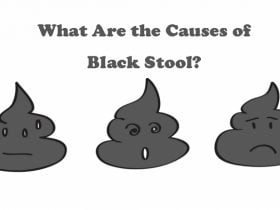The Theory

The term adrenal fatigue was created in 1998 by a chiropractor and naturopath. It is related to the response of the adrenal glands to prolonged stress and has been the main subject of significant debate. The adrenal glands, also known as suprarenal glands, are small glands that are located on the top of both kidneys. These glands consist of two parts, each of which produces different types of hormones in response to emotional or physical stress. The two parts of the gland include:
- Adrenal medulla: This part of the adrenal gland is responsible for producing norepinephrine and epinephrine (adrenaline). These are also known as “fight-or-flight” hormones, which are released in response to stress.
- Adrenal cortex: This is the outer part of the adrenal gland, it is responsible for secreting steroid hormones that control functions like the immune system and metabolism. This part of the adrenal gland consists of three zones, known as the glomerulosa, fasciculata, and reticularis. The cortex releases various hormones, including glucocorticoids (hormones, like cortisol, that help the body respond to stress) and mineralocorticoids. The major mineralocorticoid, aldosterone, plays a vital role in controlling the balance of sodium and potassium in the body, which in turn helps to control blood pressure. These hormones are also part of a complex feedback loop that activates the adrenal gland through the pituitary hormone ACTH (adrenocorticotropic hormone).
Your adrenal glands play a significant role in maintaining a healthy lifestyle. They produce and release hormones that help your body to:
- Control sugar levels and inflammation
- Maintain healthy cardiovascular function
- Distribute fat and protein
- React to stressors
A wide range of symptoms and medical conditions may occur if your adrenal glands fail to produce and release enough hormones.













